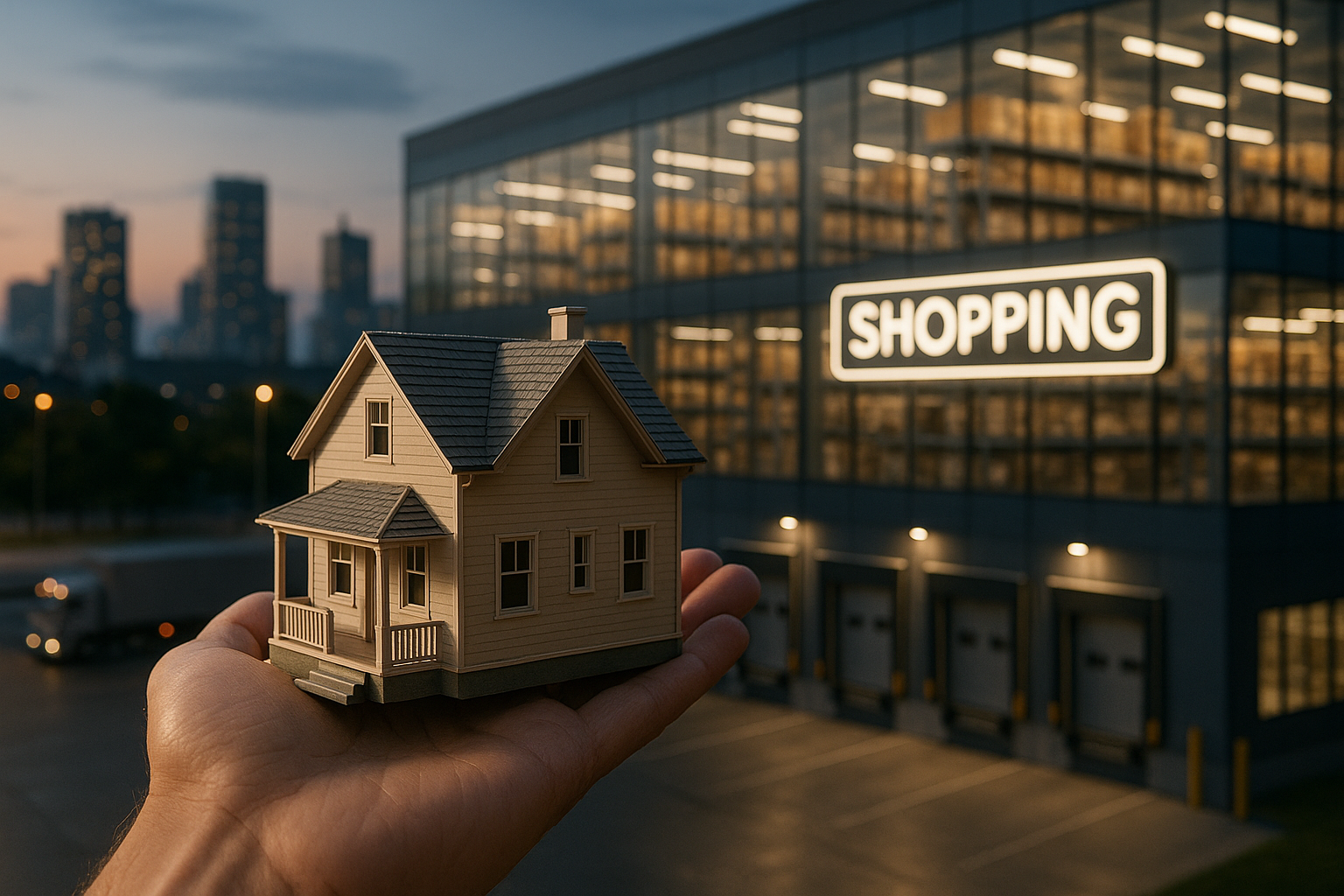The Convergence of Real Estate and E-commerce: A Comprehensive Analysis
In a world where technology and commerce have become inextricably entwined, it's no surprise that the real estate industry isn't far behind. This article delves into the fascinating intersection of real estate and e-commerce, exploring how this merger could potentially reshape the property landscape.

The Intersection of Real Estate and E-commerce: A Historical Overview
Over the past two decades, the rise of e-commerce has disrupted traditional retail, leading to significant changes in our shopping habits. This shift has inevitably impacted the real estate sector, particularly commercial properties traditionally used for retail. The advent of e-commerce giants like Amazon and Alibaba necessitated vast warehouse spaces, which resulted in increased demand for industrial real estate.
Current Market Trends: The E-commerce Influence
The e-commerce boom, further amplified by the COVID-19 pandemic, has led to a surge in demand for warehouse and distribution centers. According to a report by real estate services firm JLL, industrial real estate’s vacancy rate in the US stood at a historically low 4.9% in Q4 2020. This trend is not just confined to the US; it’s a global phenomenon, with countries like China and India also witnessing a similar surge in demand for industrial properties.
Strategy and Impact: Warehousing and Last-Mile Delivery Centers
One strategy that e-commerce companies are increasingly adopting is the use of urban infill properties or properties in densely populated areas, for their last-mile delivery centers. This helps reduce delivery times and meet customer expectations for fast delivery. However, the challenge here lies in the premium prices these properties command due to their prime location. This strategy’s impact is two-fold. On the one hand, it provides a new lease of life to underutilized properties. On the other hand, it can lead to potential gentrification and displacement of local communities.
Looking Beyond Warehousing: Data Centers and Fulfillment Centers
E-commerce’s influence on real estate extends beyond warehouses. The need for robust digital infrastructure has boosted the demand for data centers. Similarly, the rise of online grocery shopping has led to the emergence of fulfillment centers, specialized facilities designed for storing and packaging fresh produce.
The Future Intersection: E-commerce and Residential Real Estate
While e-commerce’s influence on commercial real estate is evident, its impact on residential real estate is yet to be fully explored. However, the rise of proptech startups focusing on online property transactions signals a potential shift. As technology continues to evolve and consumer behavior adapts, we may witness a future where buying a house online is as commonplace as ordering a book.
In conclusion, the convergence of real estate and e-commerce is a complex yet fascinating topic. Its implications are far-reaching, affecting not just investors and real estate professionals, but also shaping our cities and communities. As this trend continues to evolve, staying aware and adaptable will be key to navigating this changing landscape.




